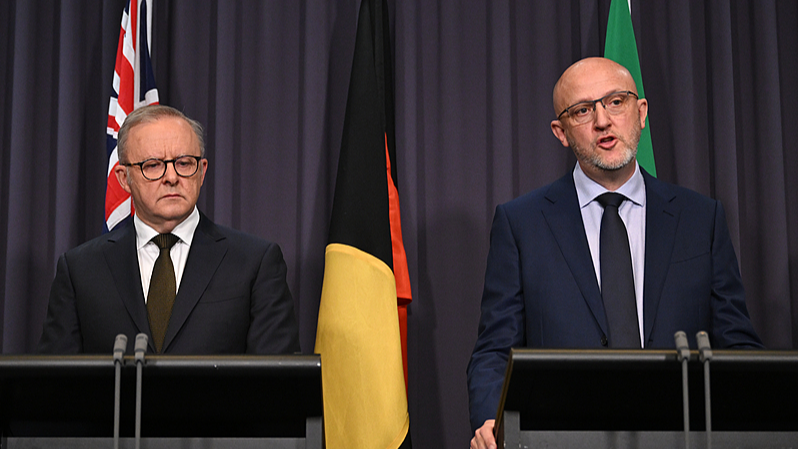Recent developments in US trade talks signal a fresh approach to economic engagement with the Chinese mainland. With a 90-day trade truce extension laying the groundwork for potential high-level summits, both sides seem eager to ease the tit-for-tat tariff cycle and avoid a prolonged price war. 😊
Behind the scenes, while official discussions focus on tariffs, exports, and market access, sensitive issues have been handled with extra care. For example, matters involving Taiwan have been de-escalated to ensure that trade negotiations remain on track. This careful balancing act reveals a strategic shift where diplomacy and economics walk hand in hand.
The tech sector is also in the spotlight. Adjustments in export guidelines—especially those affecting AI semiconductors and critical materials like rare earth elements—underscore how the US is softening its stance to keep negotiations alive. These tweaks highlight a move away from heavy-handed measures, aiming instead to foster a more stable economic dialogue amidst global uncertainties.
Nevertheless, challenges persist. The US continues to press for better market access and fair treatment for its businesses in the Chinese mainland, demands that require significant political and economic compromises. With domestic inflation and upcoming holiday seasons adding pressure, both sides are left navigating a complex landscape where short-term relief might pave the way for longer-term partnerships. 🚀
Looking forward, there is a growing call for the Chinese mainland to leverage its strengths by broadening ties with other global economies. This pragmatic strategy not only bolsters its economic position but also reinforces its image as a responsible global actor committed to a rules-based international order.
Reference(s):
Opinion: How is the U.S. redefining economic engagement with China?
cgtn.com




